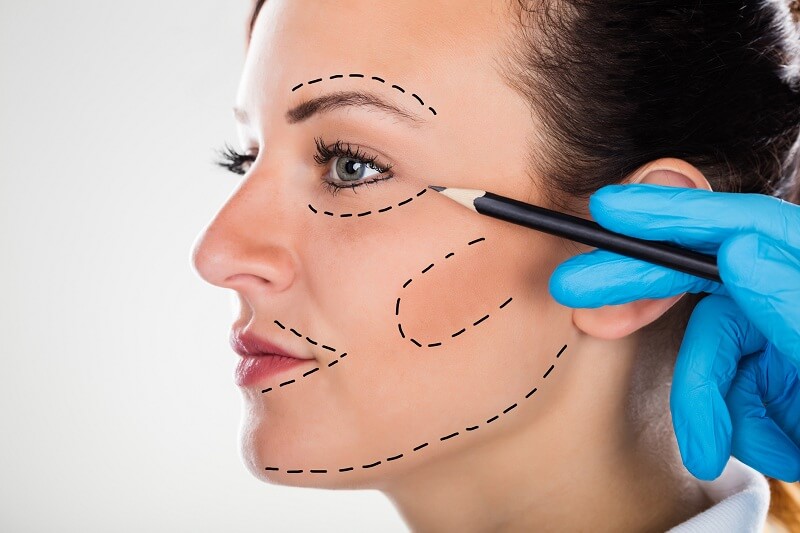Although the traditional facelift remains the most effective treatment for aging skin, the cost and extensive recovery period are prohibitive for most people prior to retirement. Fortunately, recent advancements in surgical technology are making it possible to address signs of aging with a relatively simple, non-surgical procedure that allows patients to go back to the work as soon as the day after. The procedure is known as non-surgical facial threading.
Not Your Mother’s Facial Threading
If you’ve heard of facial threading before, then you may recall horror stories of scarring and visible sutures. Facial threading has completely changed since then. Those stories, Allure’s Sarah Kinonen explains, are based on a banned technique that used permanent sutures.
Permanent sutures allowed for unchecked bacterial growth and continued to pull at the skin even as it continued to lose elasticity, causing a plethora of problems. Fortunately, specialists have since developed dissolvable sutures. This basic alteration to the technique minimizes risk, making the new rendition of nonsurgical facial threading a safe and effective procedure.
Currently, the American Society of Plastic Surgeons recognizes two major categories of dissolvable sutures: NovaThreads and Silhouette InstaLift. NovaThreads can be further broken down into barbed sutures and smooth sutures. However, keep in mind that there are many different brands, so you can always ask your surgeon for clarification in regard to their suture of choice. Identifying the type of suture will help you to understand your surgeon’s primary goal and ensure you’re on the same page.
- NovaThreads: These sutures are made from PDO, a biocompatible material specifically designed to be safely reabsorbed by the body. They naturally dissolve over a period of four to six months, but patients typically see continued results for one to three years after the procedure due to increased collagen production at the site of the sutures.
- Barbed Sutures:Dermatology Times suggests using sutures with moldable barbs, as those that require splitting can reduce the tensile strength of the thread. These types of sutures are typically used along the hairline and are used for gathering more skin, creating a more lifted look.
- Smooth Sutures: These sutures create less physical lift but are better at stimulating collagen production. Patients typically have these sutures placed at areas where skin laxity is most prominent. The jowls, mouth corners, and brows are common targets.
- Silhouette InstaLift: As with barbed NovaThread sutures, Silhouette InstaLift sutures focus primarily on increasing the lift achieved through the procedure. Each piece includes a number of sutures with what the American Society of Plastic Surgery refers to as “tiny cones.” The kind of act like miniscule grappling hooks, effectively grabbing onto tissue and maximizing the ability of the suture to create a more youthful contour.
It is important to note that all three types of sutures will create lift and stimulate collagen production, but recognizing the subtle differences can help you weigh what is most important to you and relay that to your surgeon. In all three cases you can expect a similar recovery period of just a few days and results lasting one to three years, as the excess collagen produced will help to hold the skin in place even after the sutures have dissolved.
Your First Steps
If nonsurgical facial threading sounds like it could be right for you, then you should schedule a consultation with your local, board certified plastic surgeon. Dr. Cain Linville can talk you through the procedure and answer any questions you may have regarding nonsurgical facial threading. You can also discuss the use of fillers, as they are commonly combined with non-surgical facelift to achieve the best results.





